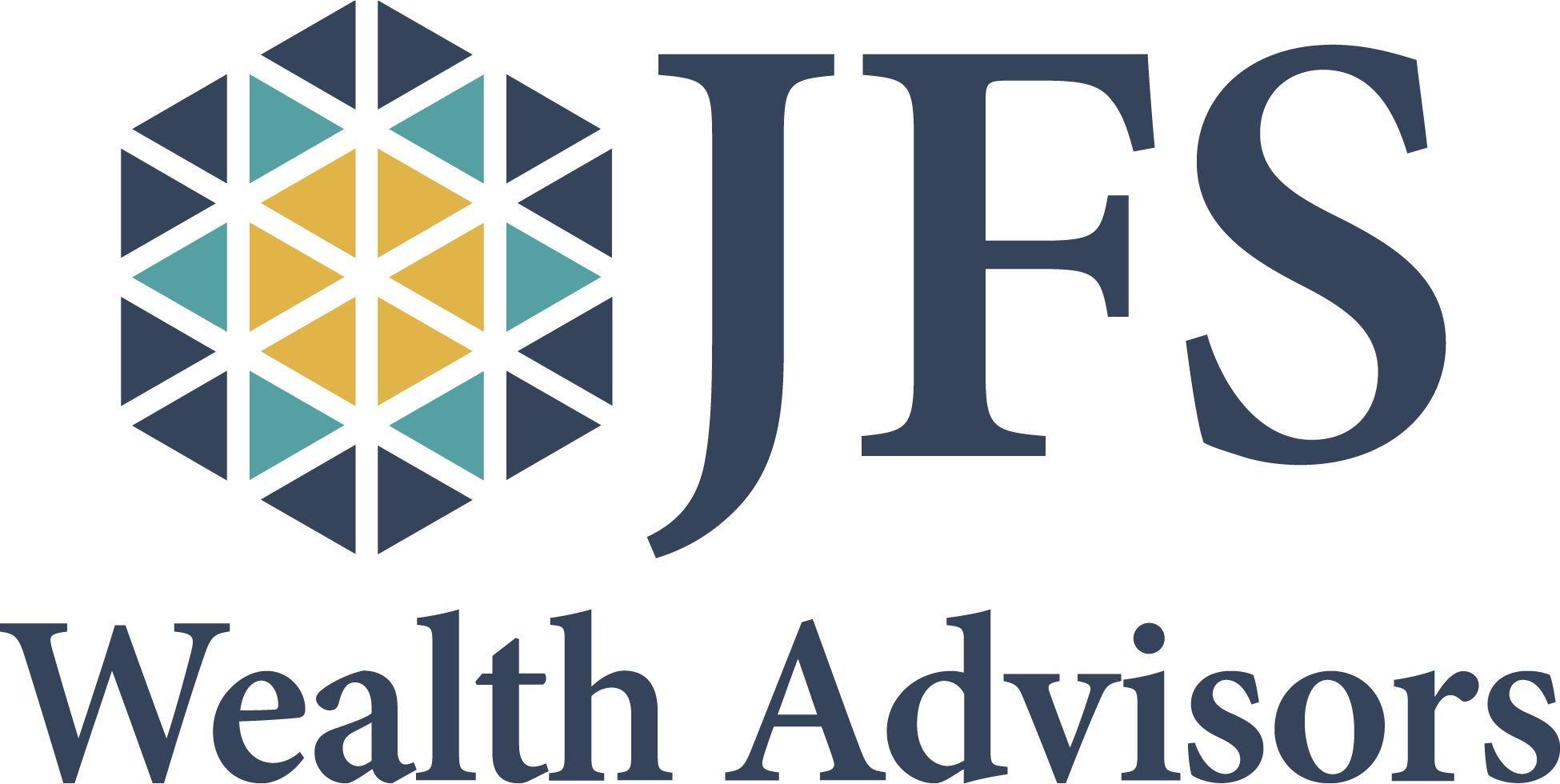In the midst of the political turmoil at the end of 2019, all three branches of government finally found something they could agree on: tax legislation. As 2019 came to a close, Congress attached the SECURE Act (Setting Every Community Up for Retirement Enhancement) to the bill that prevented another government shutdown.
In the coming weeks, we will be providing more communication on the recent legislation’s impact on financial planning through our SECURE Act Series. As outlined below, our first installment covers a summary of the provisions that will affect many of our clients now and in the future. If you are unclear about how any of these changes affect your personal situation, please don’t hesitate to contact your advisor.
IRA and Roth IRA Contribution Age Limit |
|
| Old Rule | SECURE Act Rule (NEW) |
| Individuals were prohibited from contributing to IRAs or Roth IRAs once a person reached age 70½. | As long as a person continues to earn compensation from work, he/she may continue to make annual contributions to an IRA or Roth IRA. |
Required Beginning Date (RBD) for Required Minimum Distributions (RMDs) |
|
| Old Rule | SECURE Act Rule (NEW) |
| 1. Traditional IRA – April 1 of the year following the year the IRA owner turned age 70½.
2. Retirement Plan: Retired participant: April 1 of the year following the year the retired plan participant turned age 70½. Working participant: April 1 of the year following the year the plan participant actually retires (i.e. salary and wages stop). Exception for person owning 5% or more of the company: April 1 of the year following the year the “5-percent owner” turned age 70½, regardless of whether he or she was still working. 3. Roth IRA – Original owner was never required to take a RMD during his/her lifetime. |
Age 72 replaces age 70½ as the measuring age for when the rules apply. All else stays the same. No change to Roth IRA distribution rule for the original account holder. NOTE: The SECURE Act did NOT change the age a taxpayer is permitted to make up to a $100,000 contribution from his/her IRA directly to a qualified charity (known as a Qualified Charitable Contribution) from age 70½ to age 72. The beginning age for this type of charitable distribution remains at age 70½.
|
IRA and Retirement Plan Distributions |
|
| Old Rule | SECURE Act Rule (NEW) |
| 1. Original account holder: permitted to spread distributions over his/her life expectancy.
2. Inherited IRAs and retirement accounts: named beneficiaries (on beneficiary designation forms) were allowed to spread the distributions over their own life expectancy; known as the “Stretch IRA.” |
1. Original account holder: no changes.
2. Inherited IRAs, Roth IRAs, and retirement accounts: inherited accounts must be completely distributed to the designated beneficiaries by the end of the tenth calendar year after the original account owner’s death. The heir(s) is permitted to take any amount each year, including zero, as long as the account is completely emptied by the end of year 10. |
Exceptions to the 10-Year Distribution Rule: eligible designated beneficiaries are not subject to the new 10-year rule – meaning these beneficiaries may continue to use the “Stretch IRA” rules.
“Eligible Designated Beneficiaries” are defined as:
- Spousal beneficiaries;
- Disabled (as defined by IRC Section 72(m)(7)) beneficiaries;
- Chronically ill (as defined by IRC Section 7702B(c)(2), with limited exception) beneficiaries;
- Individuals who are not more than 10 years younger than the decedent; or
- Certain minor children (of the original retirement account owner), but only until they reach the age of majority.
Other Provisions that Apply to Individuals:
- $5,000 qualified birth or adoption distribution allowed from IRA or qualified plan without paying 10% early withdrawal penalty (NOTE: distribution is still taxable).
- Taxable non-tuition fellowship and stipend payments will now be treated as earned income for IRA contribution purposes.
- Non-deductible IRA contributions can be made with certain “difficulty of care” payments received by home healthcare workers.
- Section 529 Plan money can now be used to cover costs of registered apprenticeship programs — private elementary, secondary, or religious schools.
- Section 529 Plans can also be used to pay up to $10,000 per person of qualified student loan repayments for the primary beneficiary and his/her siblings.
Select Small Employers Plan Provisions:
- Small employer tax credit for start-up plans was increased from $500 up to $5,000 ($250 per non-highly compensated employee). Credit is available for up to three years per plan started and maintained.
- Employers of long-term part-time employees will be required to include them in the company’s qualified plan if they work at least 500 hours per year for three consecutive years. The old rules required an employee to work at least 1,000 hours per year.
- The new law provides employers/plan-sponsors protection from lawsuits resulting from failed annuity investments inside of the company’s retirement plan if they follow the rules for selecting the annuities the plan offers.
Tax law changes are usually complicated and often times confusing, even when the changes are promoted as “tax simplification.” The good news is that your team at JFS Wealth Advisors keeps up with the changes and examines how they affect our clients, including whether they can be utilized to improve the chances each financial plan will be successful. We worry so you don’t have to.
In your next meeting, your advisory team will review how law changes may affect your financial plan and recommend plan changes that should be made, if any. We appreciate the continued opportunity to best serve your individual needs and long-term goals.
As Principal and Wealth Management Specialist, Gary Dalessandro, MS, CPA/PFS, CFP®, provides integrated tax, financial planning, and estate planning advice for clients and assists lead advisors in developing appropriate strategies to help clients achieve their lifetime financial goals. If you have questions regarding the SECURE Act or other financial planning topics, contact Gary at gdalessandro@jfswa.com.





















